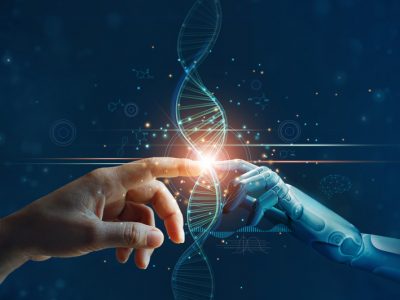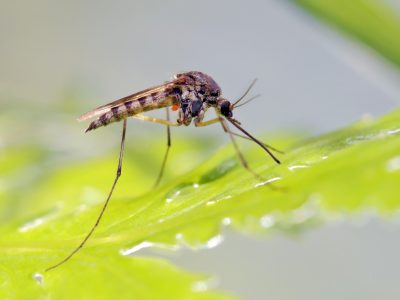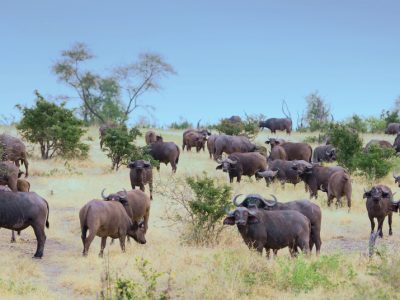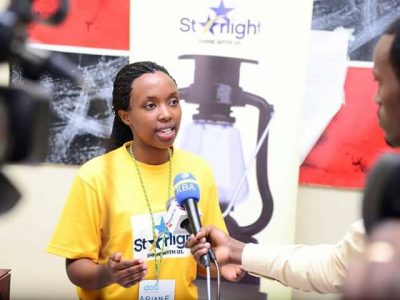Used by thousands of geneticists around the world, Face2Gene is an application that helps doctors diagnose rare genetic diseases from a child’s face by finding other people with the same disease.
Many rare diseases are genetic and every year around the world, half a million children are born with one of these inherited conditions. They are often accompanied by mutations that express themselves in particular facial shapes (forehead, eyebrows, base of the nose, cheeks…). As some diseases give these distinctive appearances, specialists rely on the shape and appearance of a child’s face as a first diagnostic clue to spot them as early as possible. However, the signs are often subtle and the cases very rare, making it difficult for specialists to recognise and detect them. This is the reason that prompted Moti Shniberg in 2014 to create his start-up FDNA, which would launch the Face2Gene app using AI and deep learning technologies to analyze phenotypes/genotypes to suggest genetic disorders that a patient might have.
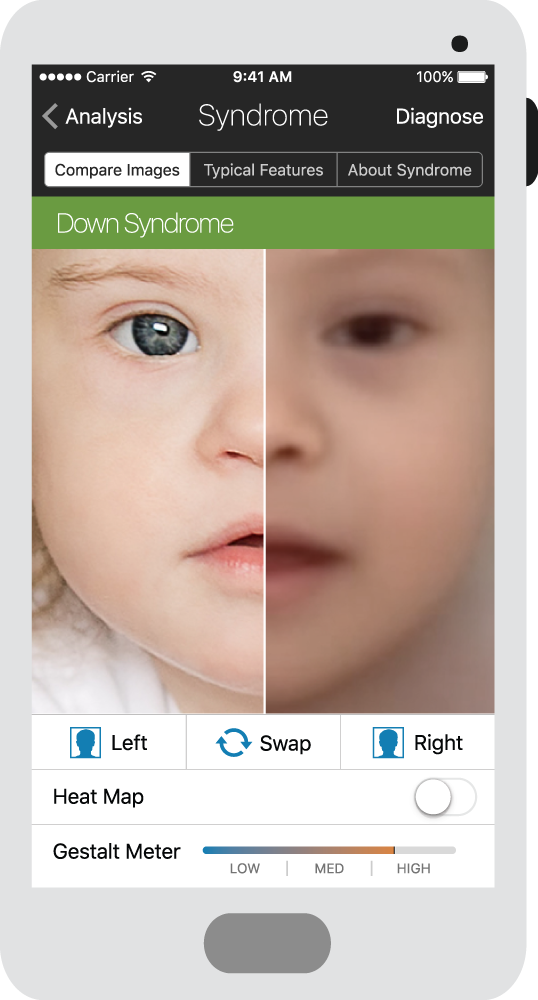
Facilitating detection
FDNA is a US digital health company based in Boston, Massachusetts, that develops new technology solutions for facial dysmorphology analysis dedicated to healthcare professionals. Its genetic search and reference tool, Face2Gene, facilitates the detection of facial dysmorphia and recognisable patterns of human deformities from a facial photo to present a list of matching syndromes with up-to-date references. The solution allows for photo upload, search and review of genetic resources, analysis of results and customized reports with visualization tools. Machine learning may be able to identify similarities and automatically associate them with clinical symptoms and genetic data of patients.
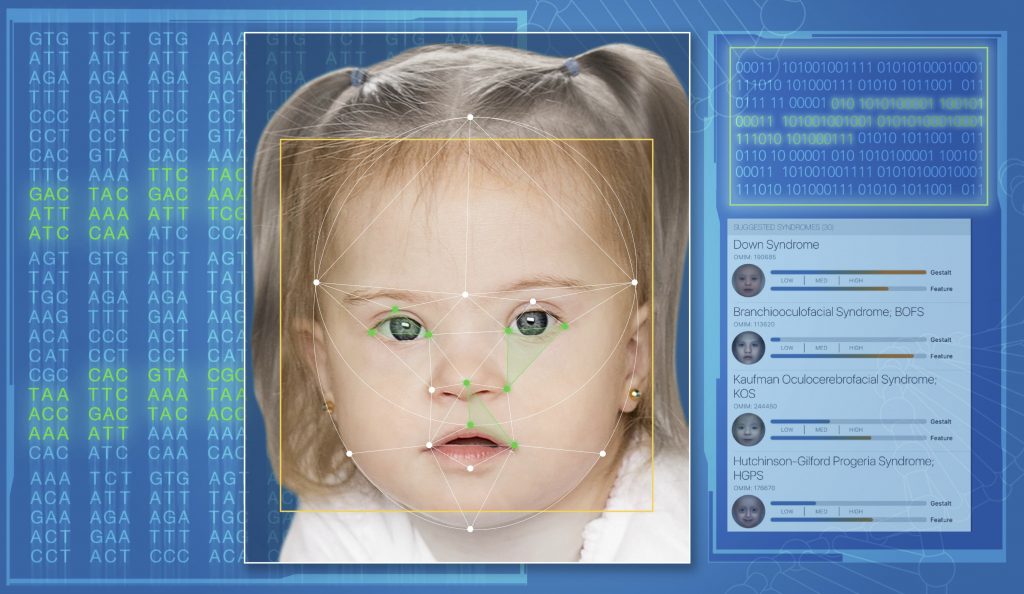
1 000 diseases detected
Its basic machine learning algorithm can recognise about 300 diseases with high accuracy from a patient’s face. The FDA’s research scientists, together with several international institutions, recently published the results of a new “GestaltMatcher” algorithm that they claim can distinguish about 1,000 diseases, three times more than the FDNA’s original algorithm. For a disease to be recognised, artificial intelligence must have at least seven photos of patients suffering from the same disease, but two patients may be enough to establish a reference base, according to the scientists. A major asset for prevention and the earliest possible treatment.
#research, #DNA, #IA, #geneticdiseases, #deeplearning, #health,




